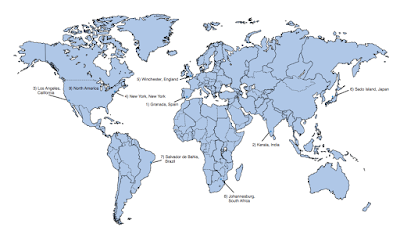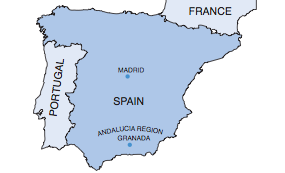Sounds like Fun
Objective
Students apply the principles of sound by making a bullroarer.
Materials
Popsicle sticks, hollow eraser heads, rubber bands, index cards, string, stapler, glue.
Procedure
Students apply the principles of sound by making a bullroarer.
Materials
Popsicle sticks, hollow eraser heads, rubber bands, index cards, string, stapler, glue.
Procedure
- Staple an index card to a popsicle stick (see diagram).
- Slide an eraser head on to each end of the popsicle stick.
- Slide a rubber band lengthwise over the eraser ends of the stick.
- Tie a string to one end of the stick just below the eraser.
- Leave about a foot of string to hold on to.
- Make sure you have enough room to swing the bullroarer over head in a circular motion.
On safety: Make sure there is enough room to safely swing the bullroarer.
Back in the United States, we see
Wild Child using two instruments
that make sounds when they are
spun through the air: the Bullroarer
and the Whirly Tube.
It is believed that the bullroarer was
first used by the Aboriginal people
of Australia. When swung around
in the air on a piece of string it sets
up sound waves, thus producing a
whirring or howling sound. The
bullroarer is used in hunting and in traditional ceremonies as a form
of blessing. Bullroarers are also used
to send animals into ambush, to
alert one tribe of another’s presence,
in rainmaking ceremonies, and for
healing (see “The Rhythm of Healing”
on this page).
This type of instrument has been
used all over the world, including
the Maori people of New Zealand,
in New Guinea, and in various
North American Native cultures.
The Rhythm of Healing
The Maori people of New Zealand
use a smaller version of the Bullroarer
(known as the ‘Porotiti’) for healing
rheumatism and arthritis. By spinning the Porotiti over the afflicted
areas, the sound vibrations massage
the joints of the “patient” in a similar
way to modern ultrasound.












